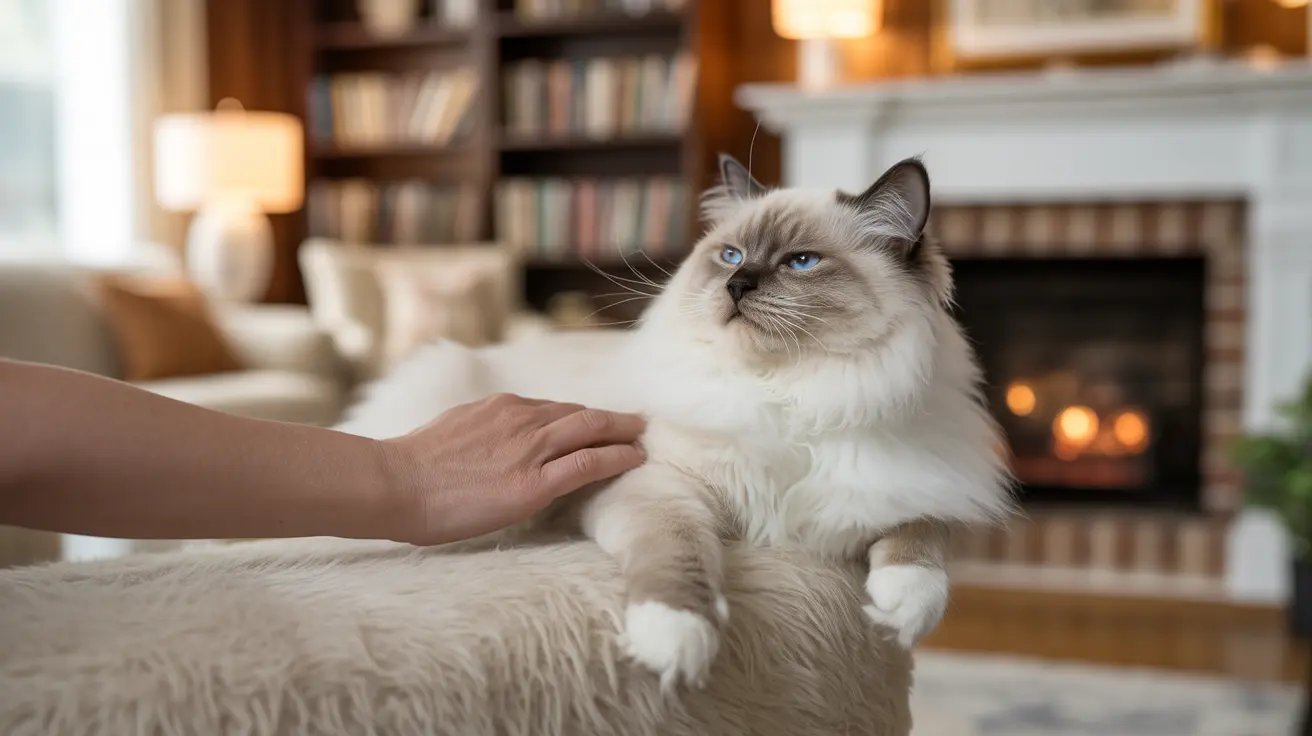Introduction
Living with FeLV+ (Feline Leukemia Virus positive) cats has undergone a significant transformation in recent years. Once considered a devastating diagnosis, modern veterinary care and understanding have shown that FeLV+ cats can lead fulfilling lives with proper support and management. This comprehensive guide will explore everything you need to know about FeLV, from transmission to daily care, helping you make informed decisions about adopting and caring for FeLV+ cats.
What is FeLV and How Does It Affect Cats?
Feline Leukemia Virus (FeLV) is a retrovirus that primarily impacts a cat's immune system. While not a form of cancer itself, FeLV can make cats more susceptible to various cancers and secondary infections. The virus works by weakening the immune system, making it harder for cats to fight off common illnesses that healthy cats might easily overcome.
There are three main types of FeLV infection outcomes:
- Abortive infection (20-30% of cases)
- Regressive infection (30-40% of cases)
- Progressive infection (30-40% of cases)
Transmission and Prevention
FeLV spreads primarily through close cat-to-cat contact, particularly through saliva, blood, and other bodily fluids. The virus cannot survive long outside a host and doesn't affect humans or other animal species. Common transmission routes include:
- Sharing food and water bowls
- Mutual grooming between cats
- Mother-to-kitten transmission during pregnancy
- Bite wounds from infected cats
Living with an FeLV+ Cat
FeLV+ cats can live quality lives with proper care and attention. Key aspects of care include:
- Regular veterinary check-ups
- High-quality nutrition
- Stress-free indoor environment
- Prompt attention to any health changes
- Limited exposure to other cats
Special Considerations for Adoption
When considering adopting an FeLV+ cat, it's important to understand the commitment involved. These cats need dedicated owners who can provide:
- Consistent veterinary care
- A stable, calm home environment
- Financial resources for potential medical needs
- Understanding of the possibly shorter life expectancy
- Willingness to keep them separated from FeLV-negative cats
Frequently Asked Questions
How is Feline Leukemia Virus (FeLV) transmitted among cats?
FeLV is primarily transmitted through direct cat-to-cat contact, especially through saliva, blood, and other bodily fluids. The most common transmission occurs through sharing food bowls, mutual grooming, and from mother cats to their kittens.
What are the symptoms of FeLV infection in cats, and how is it diagnosed?
FeLV is diagnosed through blood tests, including ELISA and IFA tests. Symptoms can include lethargy, poor appetite, weight loss, and recurring infections. However, many cats may show no symptoms in early stages or with regressive infections.
Can FeLV+ cats live long, healthy lives with proper care, and what are the key factors for their well-being?
Yes, FeLV+ cats can live quality lives, especially those with regressive infections. Key factors include regular veterinary care, good nutrition, stress reduction, and prompt medical attention when needed. While life expectancy may be shorter, many cats live several years post-diagnosis.
How can I protect my healthy cat from FeLV, and what precautions should I take?
Protect healthy cats by keeping FeLV+ cats indoors, separated from uninfected cats. Ensure all new cats are tested before introduction, and maintain good hygiene practices. Vaccination is available for high-risk cats.
Are FeLV+ cats suitable for adoption, and what special considerations should potential adopters be aware of?
FeLV+ cats make wonderful companions for informed, committed adopters. Special considerations include increased veterinary care needs, indoor-only lifestyle requirements, and potential separation from FeLV-negative cats. These cats often thrive in homes where they're the only cat or live with other FeLV+ cats.
Conclusion
Understanding and caring for FeLV+ cats has come a long way, with many of these special felines living happy, fulfilling lives in loving homes. While the diagnosis presents challenges, the rewards of providing a loving home to an FeLV+ cat can be immeasurable. With proper care, attention, and medical support, these cats can thrive and bring joy to their adoptive families.






